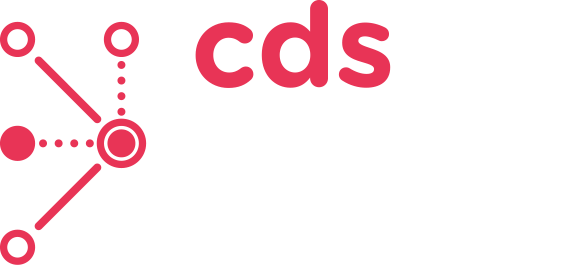During 2020, did eLearning take a step forward….or a huge step back?
3 minutes reading time
Over the years I have seen eLearning go through many changes, from click next compliance training and software walkthroughs, to highly polished content enhanced with high end graphics and animation - sometimes with full video based branching scenarios and interactive engaging games. I have been a strong advocate of moving away from ‘click next’ and making learning interactive and more memorable.
How has 2020 influenced this? How has the quality been affected? There has certainly been more demand for online learning as classroom-based training was put on hold, but were companies and organisations ready to take training completely online?
To create eLearning that flows well, looks great and engages learners you need to bring in lots of skills and experience. For example, you ideally need:
• Instructional designers - creating learning that engages the target audience using the appropriate methodology, media, and having a strong understanding of learning pedagogy. This will help the content ‘connect’ with the audience more than generic content
• Graphic designers - content needs to be visually appealing as this helps to both grab attention but also helps to guide learners through the content
• Content authors - all content needs to be well written and easy for the target audience to read whilst also being challenging enough to make it interesting. If a learner finds the content too patronising or if it is badly written, then they will naturally ‘switch off’ from that content. However, well written content is a must, as no matter how flashy the graphics and supporting media are and no matter how many interactions you put in, a simple handful of spelling mistakes can undermine everything else.
• Videographers - using film and video techniques is a tried and tested way to communicate information, for example YouTube, TV documentaries and news broadcasts. Our modern-day audiences expect content to be presented in a professional way so good camera work and audio quality is a must.
• Animators - adding animation to learning can make content more interesting, for example showing a walking robot moving when discussing the theory of AI is much more engaging than a static image. Animation can be used in so many ways from simple fade ins to fully rigged 3D lip synced characters. However, it is also important that the animation does not distract the learner, for example, a repeating animation loop on screen can become annoying rather than add to the learning experience.
• Programmers - to make learning interactive you need to have an understanding of coding, from simple triggers (using simple ‘IF’ statements and variables) to creating highly interactive learning often known as gamification in gaming engines like Unity or Unreal Engine (https://www.incredibuild.com/blog/top-7-gaming-engines-you-should-consider-for-2020
• Narrators – to support the learning when appropriate a strong narration can enhance the content. Confidently reading content with the appropriate emphasis and tone is something people can train for years to perfect, and the wrong ‘voice’ again can cause a learner to switch off or skip the content.
• 3D modelers – to create objects, environments, and characters to support the content. This can be highly effective when creating learning content for equipment and can be taken into the Augmented Reality (AR) space if appropriate
• Learning psychologists - applying learning phycology to digitised content means learning can be more effective, but the content needs to be assessed before, during and after it has been created
• Editors – to check first draft content for errors and inconstancies, things can easily get missed and at CDS DS we have multiple review stages done by different individuals as everyone will spot something different
• Administrator / moderators – to load the course and send invites to students, to moderate discussion forums and monitor progress if needed. Without this role, the time and effort spent on creating the course could be wasted if the target audience is not able to view the content
Most eLearning designers need to be competent in all these areas. Over the years I have worked in this industry what I have noticed is that as eLearning content evolves and becomes more ‘high end’ the level of the skills needed also increases, to the point that no matter how much of an all-rounder you are, there will be areas of weakness. This is where the power of ‘Team’ comes in, when you create a team of eLearning developers you can build in these specialisms, you can also work with partner companies when needed to bring in other more advanced specialisms and equipment.
As for my original question – I guess it’s too soon to answer that. My view is that the impact of 2020 on training resources won’t be felt until later this year, maybe even into 2022. And at that point, will it be too late to retrospectively upskill your teams?
If you’re having these discussions now but just don’t have the budget to create effective e-learning in-house, then why not speak to CDS Defence & Security?
We have been creating tailored, bespoke e-learning for over 10 years and have worked with organisations from the British Army to the University of Portsmouth. We have all the expertise listed above all under one roof and can work within the timescales and budgets that are right for you. To book a free 15-minute consultation with one of our team, click here and let’s see how we can help your company get training back on the right track.



